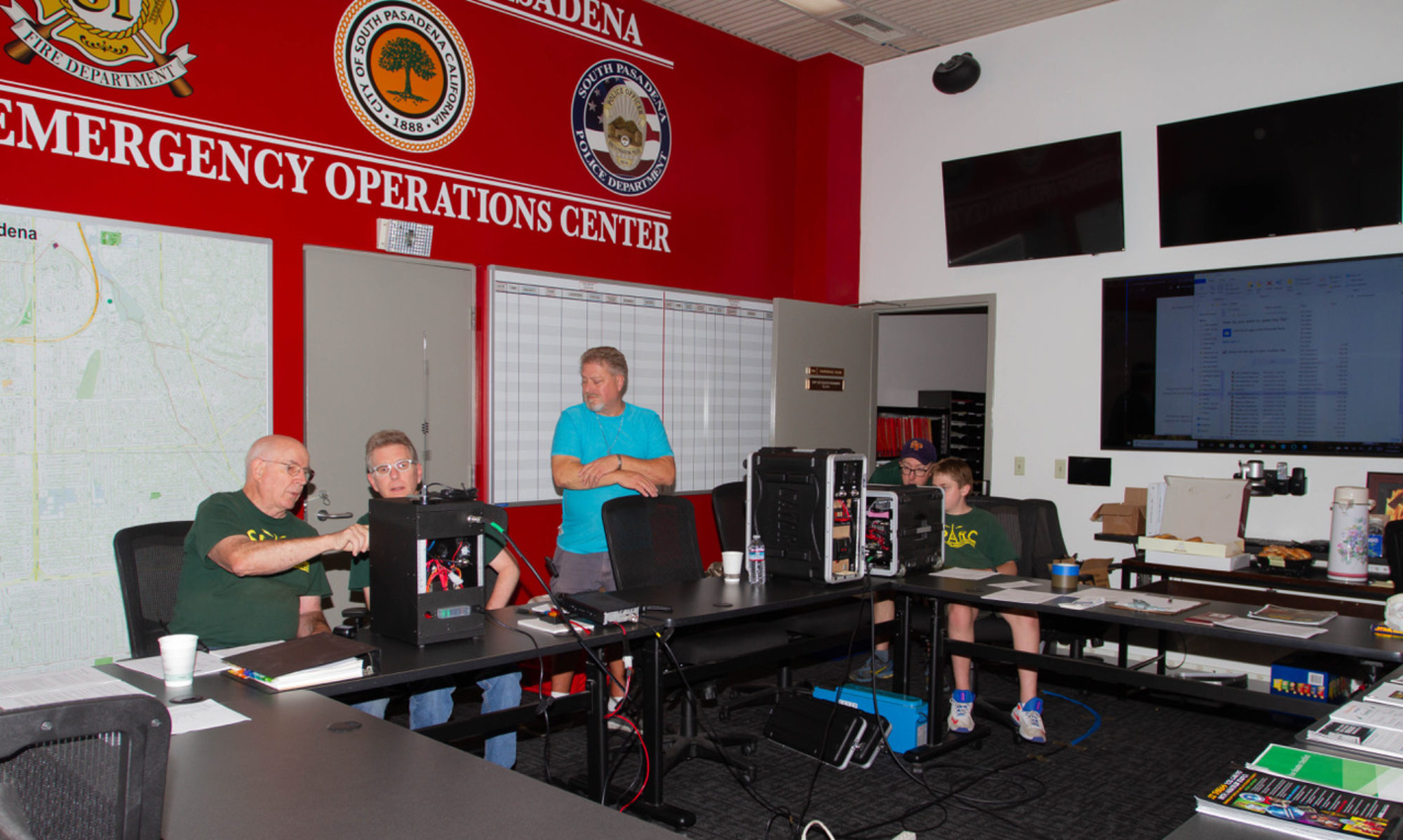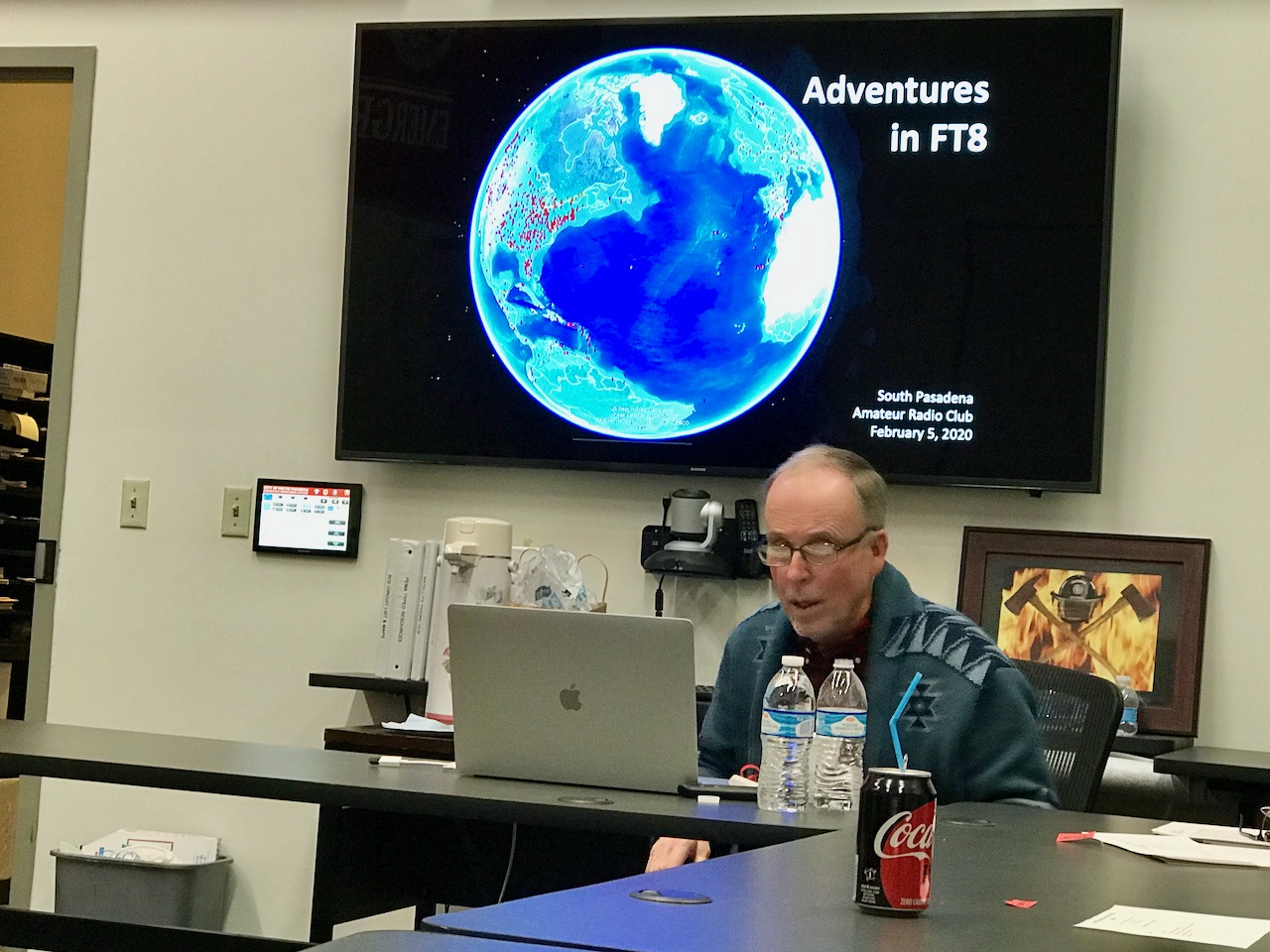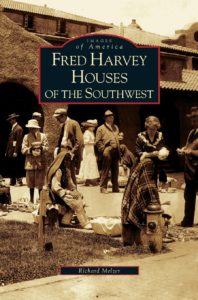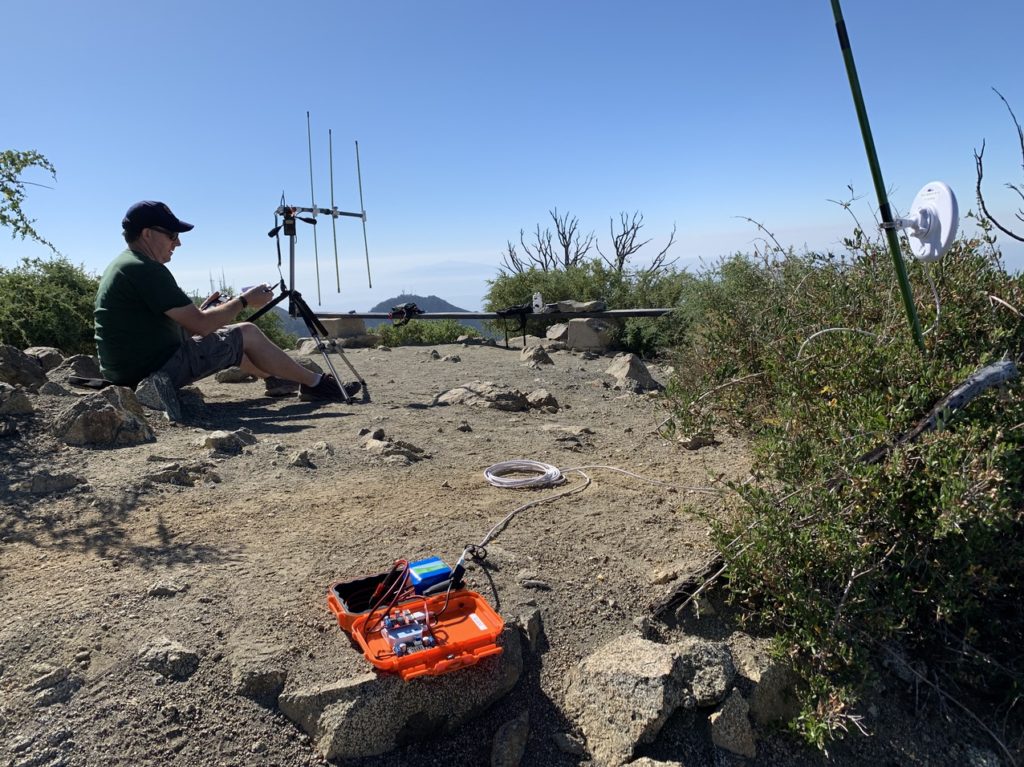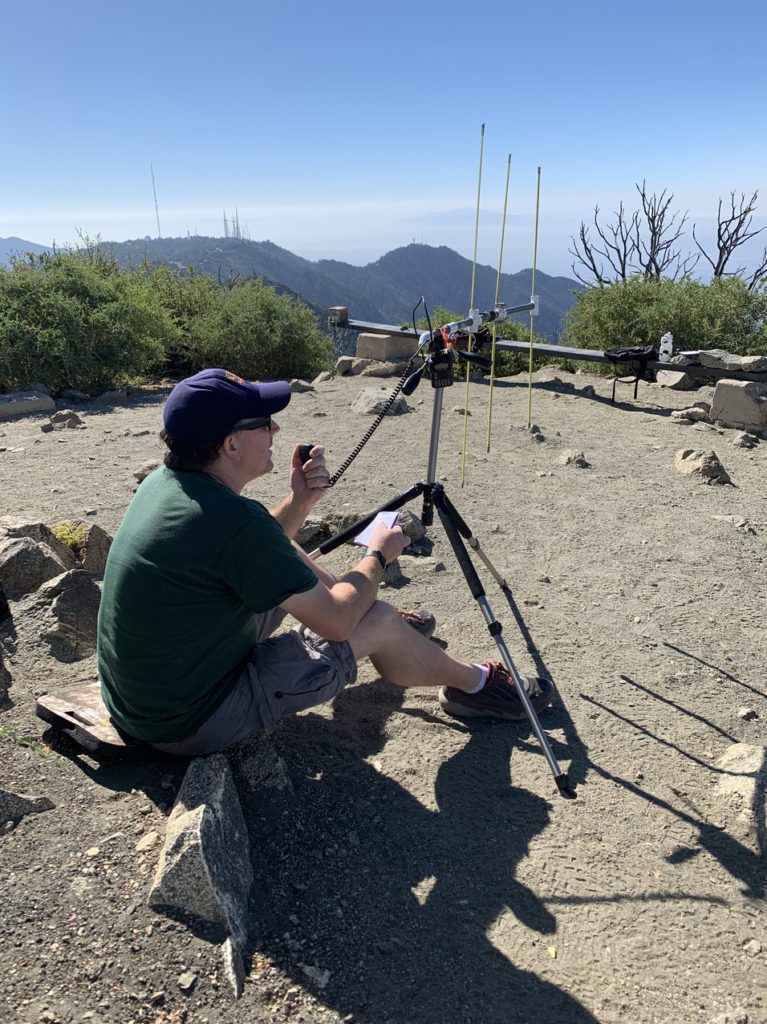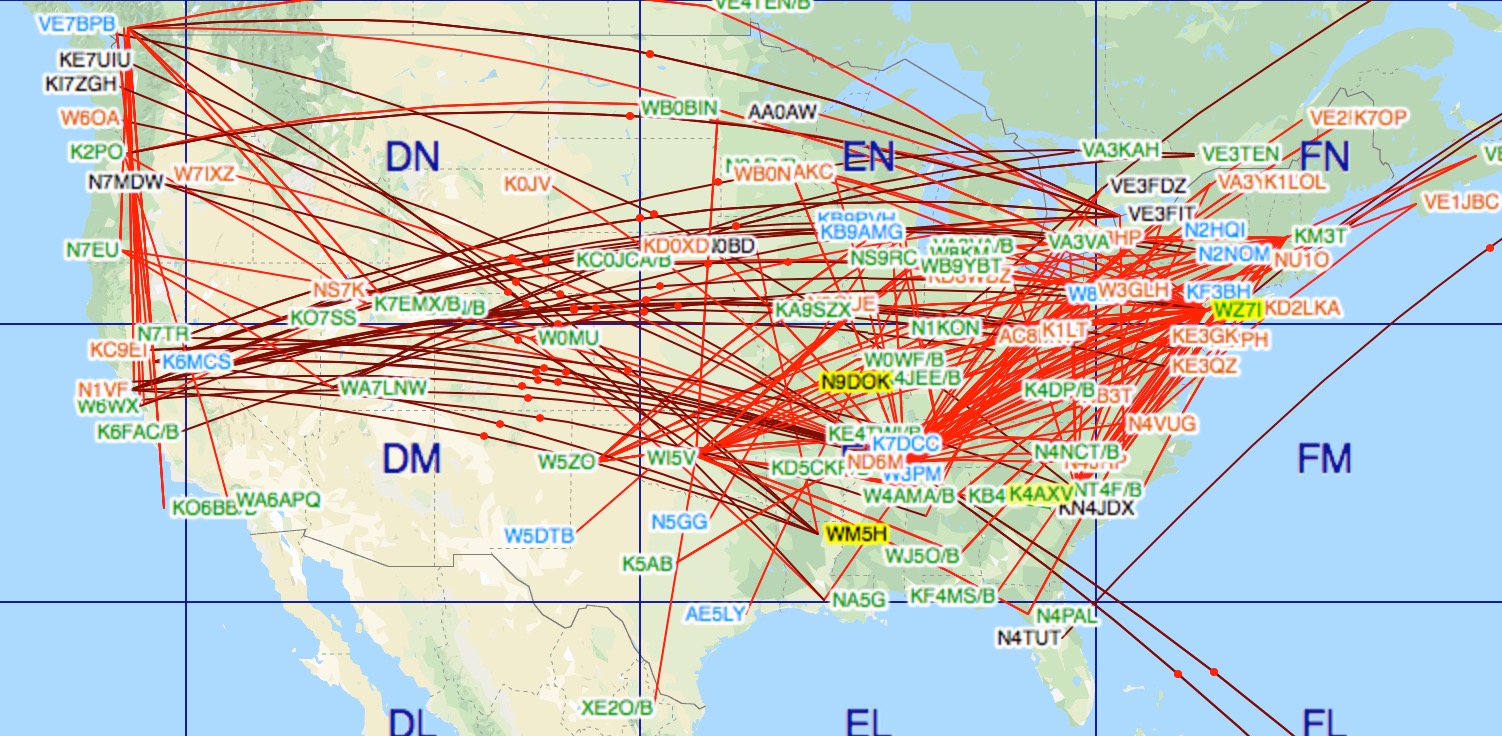At our February 2020 meeting, Frank O’Donnell, K6FOD presented “Adventures in FT8,” an introduction to the popular digital mode. Frank received his technician and general ham licenses two years ago, and within nine months earned the ARRL’s DXCC award for verifying contacts with 100 countries — all on FT8.
In 2019, he received the Southern California DX Club’s Clipperton Award for newcomer of the year. He has verified 143 countries, has earned Worked All States certificates on two bands, and he is completing a third, also using FT8. Currently, he is experimenting with digital modes on the new 630-meter band below the AM broadcast band.
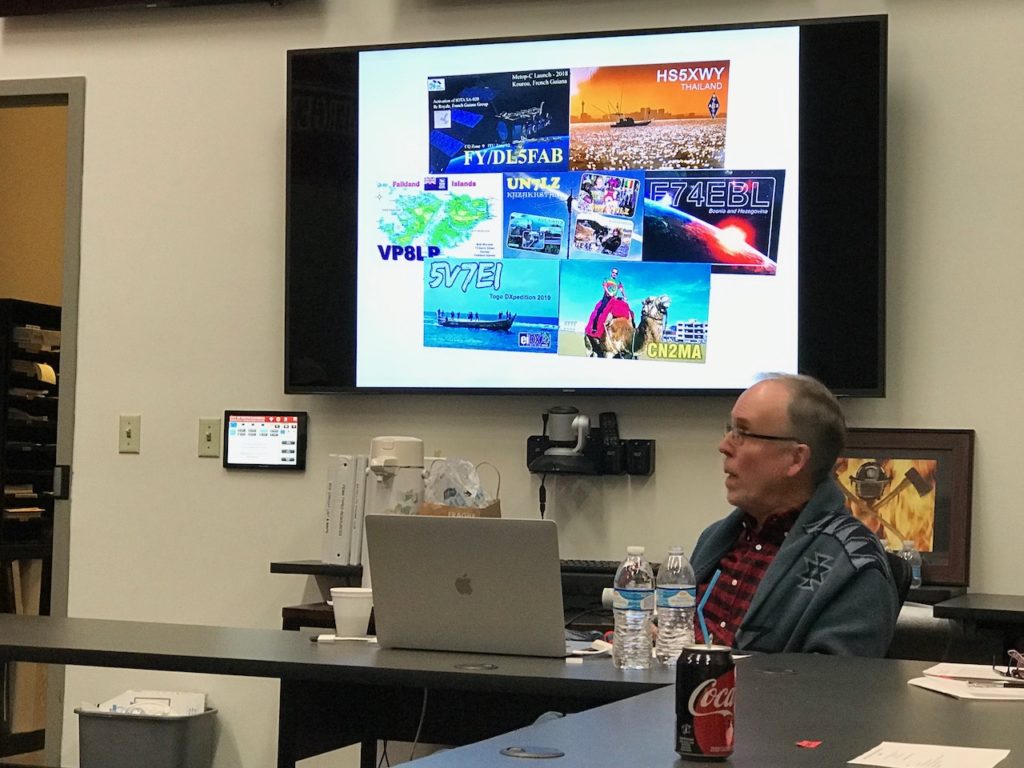
The following are links that Frank discussed during his presentation.
WSJT-X Homepage
In order to use FT8, you must install WSJT-X on a computer and set up your radio to be controlled by the computer. WSJT-X was written by Joe Taylor, K1JT. It runs on Windows, Mac OS and Linux (including on a Raspberry Pi).
WSJTX@groups.io
An active user community that discusses WSJT-X.
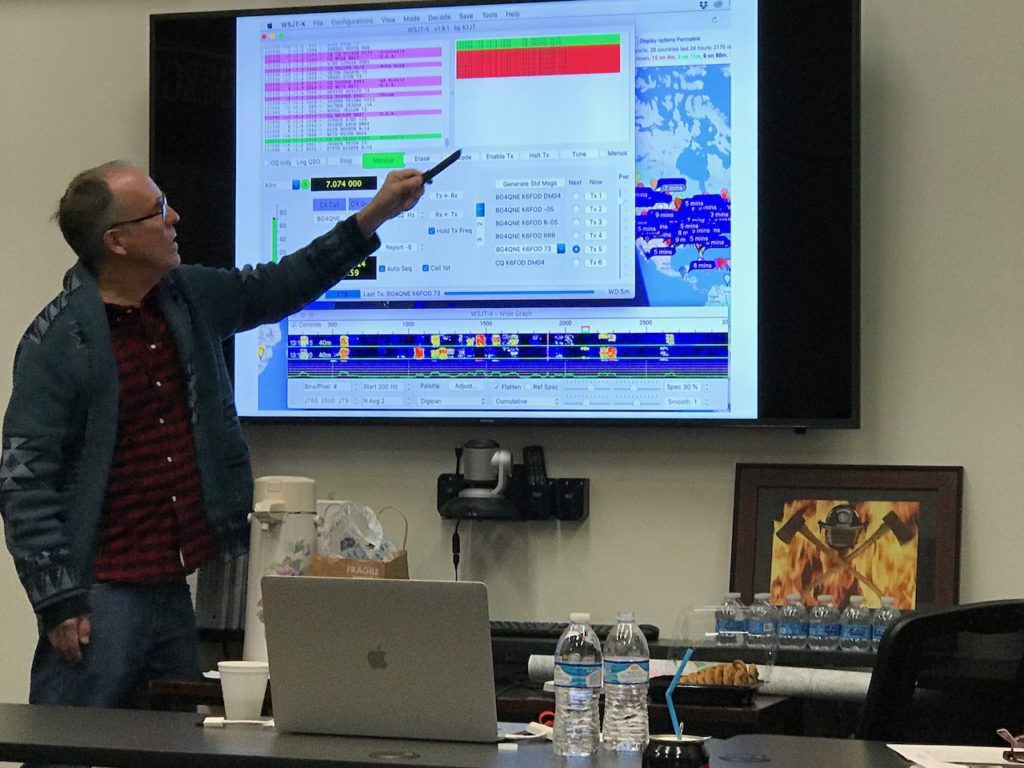
Maidenhead Grid Square Locator Map
You’ll need to know your grid square when setting up WSTJ-X.
Time.is and Meinberg NTP Software Downloads
These are tools to make sure your computer’s internal clock is accurate. If your clock is off by more than one second, you will not be able to decode incoming FT8 signals correctly.
The Daily DX Newsletter and ARRL DX Bulletin
Two useful emails covering propagation conditions.
PSK Info: Digimode Automatic Propagation Reporter
A map of beacons and signal reports in near real-time. Useful for seeing who can receive your FT8 signal.
eQSL and Club Log
Two sites for confirming your contacts.
Our next meeting will take place Wednesday, March 4 at 7:30 pm in the South Pasadena Fire Department EOC at 817 Mound Ave. Our guest will be ARRL Los Angeles Section Manager Diana Feinberg, AI6DF, speaking about the 220 MHz band.
Frank K6FOD will return in April to demonstrate FT8 with a portable station. Hope to see you there.
